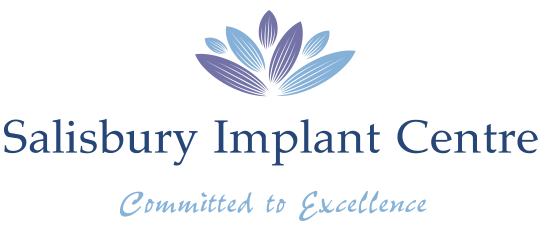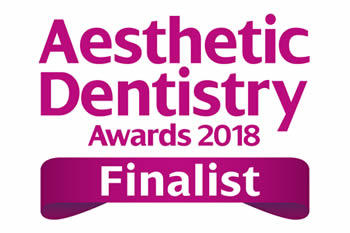Additional Treatments
Additional treatments available at Salisbury Implant Centre
Bone Grafting (Guided bone regeneration)
Some people do not have enough healthy natural bone to support dental implants. Natural bone insufficiency can be caused by:
- Gum disease
- Extraction of teeth
- Wearing dentures long term
- Dental procedures where efforts were not made to restore natural bone
Several techniques are used to rebuild bone, restore your natural jaw line and smile, and provide a strong and sturdy foundation for implant-supported teeth.
Below is an overview of some of the common materials used for Guided bone regeneration.
Bone Grafting: Bone grafting is a safe and highly successful procedure that involves the “building up” or adding bone to the jaw. The bone can be taken from various sources and undergoes a through process of elimination of proteins and sterilization thereby making it very safe for use. They are very safe to use and rarely cause allergic reactions or rejection.
Autogenous (Own) Bone: Often the new bone can be obtained from inside the mouth from the same site or from the chin area, or behind the wisdom teeth region. This will involve a second surgical site and is used only if large quantities of bone building is required.
Human Bone: Taken from Human donors. Ideal when bone needs to be preserved after extractions, and also during implant placements.
Bovine Bone: Taken from cows. Very extensively used all over the world and gives very good long term results if used judiciously.
Porcine Collagen: Taken from pigs and special membranes are made, which are used to cover and protect the bone grafts. Very extensively used.
Synthetic Bone: Man made materials normally containing Beta Tricalcium phosphate which are slowly remodeled and replaced by the host bone. Shows very good results and can be used for most cases, but not all.
Bone grafting can be done after extraction of a tooth ( socket preservation) or during implant placement. Bone grafting is an essential procedure and is done routinely in most cases during implant placement. The bone graft helps build up the lost bone around the implant and gives it long term stability.


Sinus Lift (Sinus Augmentation or Sinus Elevation)
Missing upper back teeth( molars) are among the most difficult to restore. When the back teeth in the upper jaw are missing the sinus cavity becomes larger and dips down thereby reducing the height of the bone. A sinus lift, also called sinus augmentation or sinus elevation, is a bone-augmentation procedure for patients who have insufficient natural bone height in this area for dental implant placement. The procedure involves lifting the sinus membrane and adding bone below it so that one or more implants can be placed. The procedure does not affect speech, intonation or cause sinus problems.
After the bone has been given time to develop, usually for approximately four to 12 months, dental implants can be placed. Sinus augmentation, which many patients say causes only minimal discomfort, is designed to help ensure that your implants are long-lasting, with ample, strong and sturdy bone that will allow your new teeth to fit and function like healthy, natural teeth. At Salisbury Implant Centre we use the latest gadgets to make this procedure very safe and predictable.




Ridge Expansion (Ridge Modification)
If the jaw bone isn’t wide enough to support dental implants, then in certain situations the bone can be expanded a few millimeters and implants can be then placed at the same time. At the Salisbury Implant Centre we use very specials tools to do this procedure which is very quick and predictable.
Bone grafting is also done at the same time to fill the space between the expanded bone. Like all bone grafting techniques, ridge expansion helps ensure a strong foundation and long lifespan for your new Implant supported teeth.

